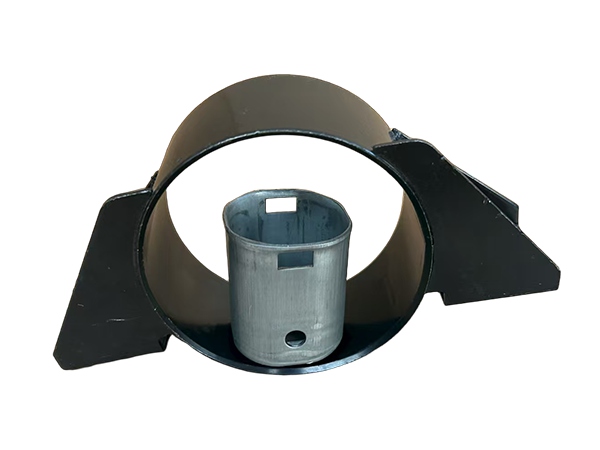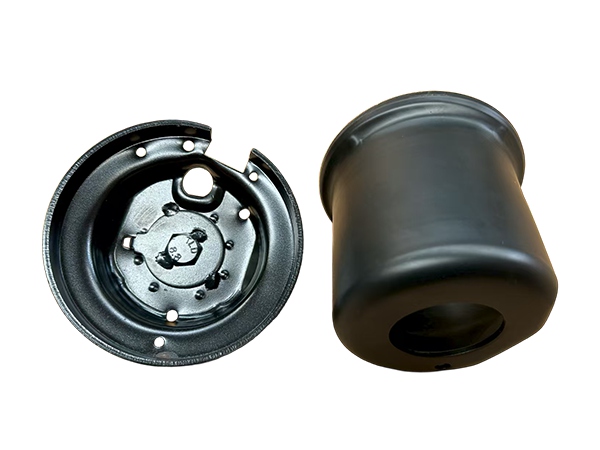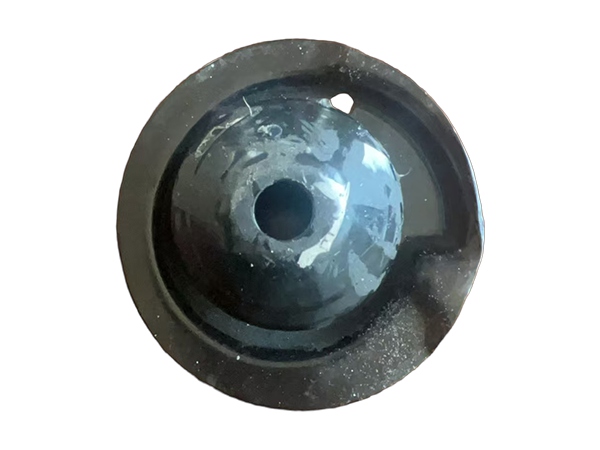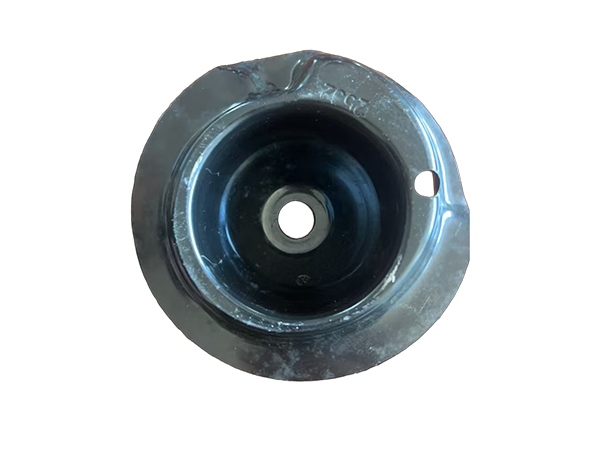Common Issues and Safety Hazards of Insulation Layer Damage in Battery Press Plates
Publish Time:2025-08-12 18:17:01 Author:Hengyuntai Views:134
Battery press plates, a critical component in battery assemblies, rely on their insulation layers to prevent electrical leakage, short circuits, and other failures. When the insulation layer becomes damaged, it can trigger a series of operational issues and pose significant safety risks. Below is a detailed overview of the common problems and safety hazards associated with such damage:
Common Issues Caused by Insulation Layer Damage
Electrical Leakage and Current Loss
The primary function of the insulation layer is to isolate the conductive press plate from other components (e.g., battery cells, casings, or adjacent metal parts). Damage—such as cracks, abrasions, or punctures—creates pathways for current to leak. This leads to unintended current flow between the press plate and other parts of the battery system, resulting in energy loss, reduced battery efficiency, and shortened runtime.
Intermittent or Unstable Performance
Partial insulation damage may cause intermittent electrical contact between the press plate and nearby conductive elements. This can manifest as fluctuating voltage output, sudden drops in power, or erratic device behavior (e.g., flickering lights in electronic devices or unexpected shutdowns in electric vehicles).
Accelerated Component Degradation
Leaked current from insulation damage can induce electrochemical corrosion on metal surfaces of the press plate or adjacent components. Over time, this corrosion weakens structural integrity, increases electrical resistance, and may lead to permanent damage to the battery module or even the entire pack.
Diagnostic Challenges
Insulation damage is often hidden (e.g., beneath the press plate or within sealed assemblies), making it difficult to detect through visual inspections alone. This can delay troubleshooting, leading to misdiagnoses of battery issues (e.g., blaming "battery aging" instead of underlying insulation failure).
Safety Hazards of Insulation Layer Damage
Short Circuits
Severe insulation failure can cause direct contact between the conductive press plate and other live components (e.g., positive/negative terminals, busbars) or grounded surfaces. This results in high-current short circuits, which generate intense heat, melt internal components, and potentially ignite flammable electrolytes or battery materials.
Thermal Runaway
Short circuits from insulation damage are a leading trigger of thermal runaway—a chain reaction where battery cells overheat, release toxic gases (e.g., carbon monoxide, hydrogen fluoride), and burst into flames. Thermal runaway is highly dangerous, as it can spread rapidly within the battery pack and is difficult to extinguish.
Electric Shock Risks
In applications where batteries are accessible to users (e.g., consumer electronics, power tools, or electric vehicle maintenance), insulation damage may expose live conductors. This creates a risk of electric shock for anyone touching the damaged area, especially if the battery operates at high voltages (e.g., 48V or higher in EVs).
Fire and Explosion Hazards
The combination of short-circuit-induced heat and flammable battery electrolytes (common in lithium-ion batteries) significantly increases the risk of fires or explosions. These incidents can cause property damage, injuries, or even fatalities, particularly in enclosed spaces or unventilated environments.
Systemic Failures in Critical Applications
In safety-critical systems (e.g., medical devices, aerospace batteries, or emergency backup power supplies), insulation damage can lead to sudden power loss. This may compromise device functionality, endangering lives or disrupting essential services.
Conclusion
Insulation layer damage in battery press plates is not merely a performance issue but a critical safety concern. Regular inspection, proper maintenance, and use of high-quality insulation materials are essential to mitigate these risks. Early detection through insulation resistance testing or thermal imaging can prevent minor damage from escalating into catastrophic failures, ensuring the reliability and safety of battery systems.
Related News
-
Common Issues and Safety Hazards of Insulation Layer Damage in Battery Press Plates
Common Issues and Safety Hazards of Insulation Layer Damage in Battery Press Plates Battery press plates, a critical comp...
-
In-Depth Analysis of Loosening Issues in Automotive Hardware Fittings
Loosening of automotive hardware fittings (e.g., bolts, nuts, brackets, clips) is a critical concern that compromises veh...
-
Quality Control and Inspection Methods for Automotive Hardware Fittings
Automotive hardware fittings (e.g., bolts, brackets, clips, hinges) are critical for vehicle safety, performance, and lon...
-
Automotive Metal Stamping Parts: Process, Applications, and Advantages
Automotive metal stampingis a high-precision, high-volume manufacturing process that uses presses and dedicated tooling (...
-
Maintenance Secrets for Automotive Hardware Fittings
Maintenance Secrets for Automotive Hardware Fittings While often overlooked, the proper care of automotive hardware fitti...








